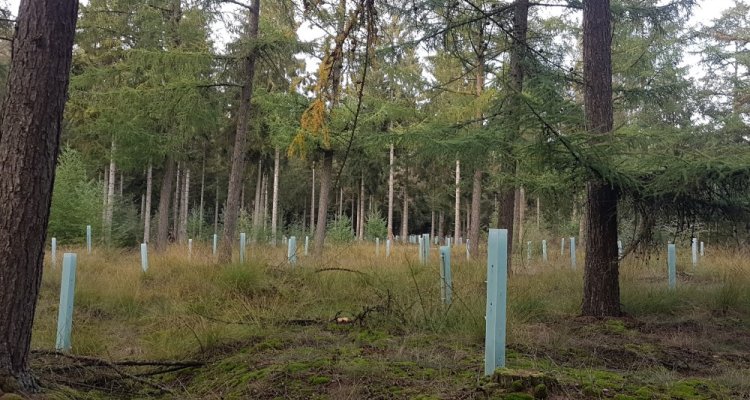
Project
VERIFY
In order to meet targets for reducing the emissions of greenhouse gases (GHG), sectors like primary production in agriculture and forestry are both important in the EU in terms of reducing emissions and enhancing sinks. Measuring the effectiveness of GHG emission reduction policies against agreed-upon international targets require accurate and precise estimates of emissions and their trends.
These estimates need to be established and regularly updated using transparent methods and traceable to international standards. The H2020-VERIFY project proposes to quantify more accurately carbon stocks and the fluxes of carbon dioxide (CO2), methane (CH4), and nitrous oxide (N2O) across the EU based on independent observations in support of Member States inventories that rely mostly on statistical data. Wageningen Environmental Research (WEnR) has as its task to develop the bottom up part of the system for agriculture and forestry. Resilient and robust production systems will be tested in the system in terms of their country wise sectoral emissions and to what degree they reach their emission reduction goals.
The improved knowledge of GHG budgets from VERIFY will be used to improve national inventories, in collaboration with national inventory agencies. This also connects to the currently ongoing Climate Envelop work under the Dutch Climate Accord in which pilots have been started in agriculture and forestry & nature.
Output will be a full greenhouse analysis system at medium resolution for the whole EU, running bottom up sectors as agriculture and forestry GHG balance contemporary and in future. This will be able to address the questions of GHG emissions and sinks, while meeting increased demands from the primary production sectors.
The impact for the agricultural and forestry sector is that climate policies and reduction regulations can be adapted based on the outcomes of the independent system. The impact for these sectors is that efficiency measures can be implemented that aim at the most cost efficient measures that achieve in an optimal manner the emission reductions. The current reporting to UNFCCC is too rigid and does not recognise the effects of measures. Through VERIFY-identified and quantified measures the effects of measures will become visible in the reporting and thus become eligible carbon credits.
Publicaties
-
First report on reconciliation of bottom-up and top-down methods at sub-national scales (M9), STICHTING VU : deliverable D5.2
-
Actual European forest management by region, tree species and owner based on 714,000 re-measured trees in national forest inventories
PLoS ONE (2018), Volume: 13, Issue: 11 - ISSN 1932-6203 -
Species-specific, pan-European diameter increment models based on data of 2.3 million trees
Forest Ecosystems (2018), Volume: 5 - ISSN 2095-6355 -
Global Carbon Budget 2018
Earth System Science Data (2018), Volume: 10, Issue: 4 - ISSN 1866-3508 - p. 2141-2194. -
First state of the art database : Deliverable WP 3.1 Verify (H2020)
-
Estimating aboveground net biomass change for tropical and subtropical forests: refinement of IPCC default rates using forest plot data
Global Change Biology (2019), Volume: 25, Issue: 11 - ISSN 1354-1013 - p. 3609-3624. -
First scientific review article on multi-gas GHG budgets : Delivarable D5.9
-
The role of nature based solutions in the energy transition and pathways towards net zero - the role of forests
-
Forest Resource Modelling in the Netherlands and Europe
-
The consolidated European synthesis of CO2 emissions and removals for EU27 and UK: 1990-2018
EGU/Copernicus (Earth System Science Data )